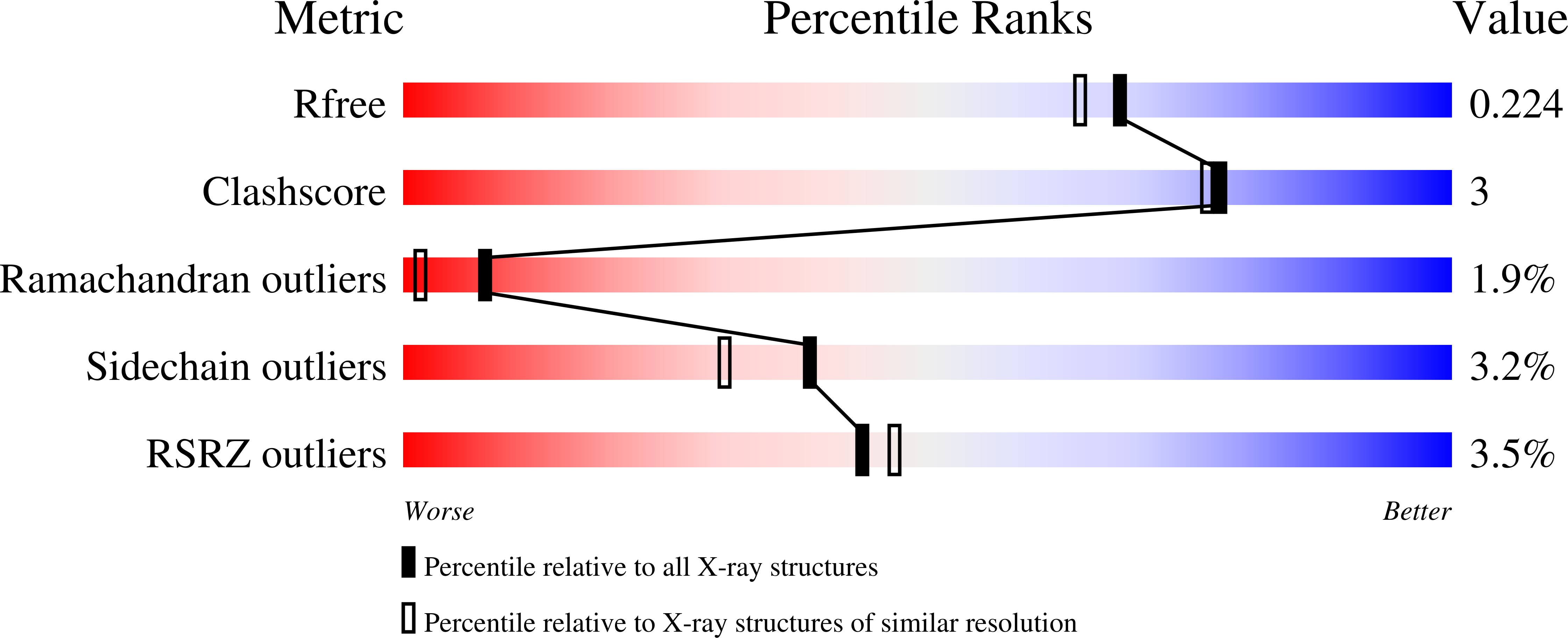
Deposition Date
2010-02-26
Release Date
2011-02-09
Last Version Date
2024-10-30
Entry Detail
PDB ID:
3LY8
Keywords:
Title:
Crystal structure of mutant D471E of the periplasmic domain of CadC
Biological Source:
Source Organism:
Escherichia coli (Taxon ID: 511145)
Host Organism:
Method Details:
Experimental Method:
Resolution:
1.90 Å
R-Value Free:
0.23
R-Value Work:
0.20
R-Value Observed:
0.20
Space Group:
P 61 2 2


